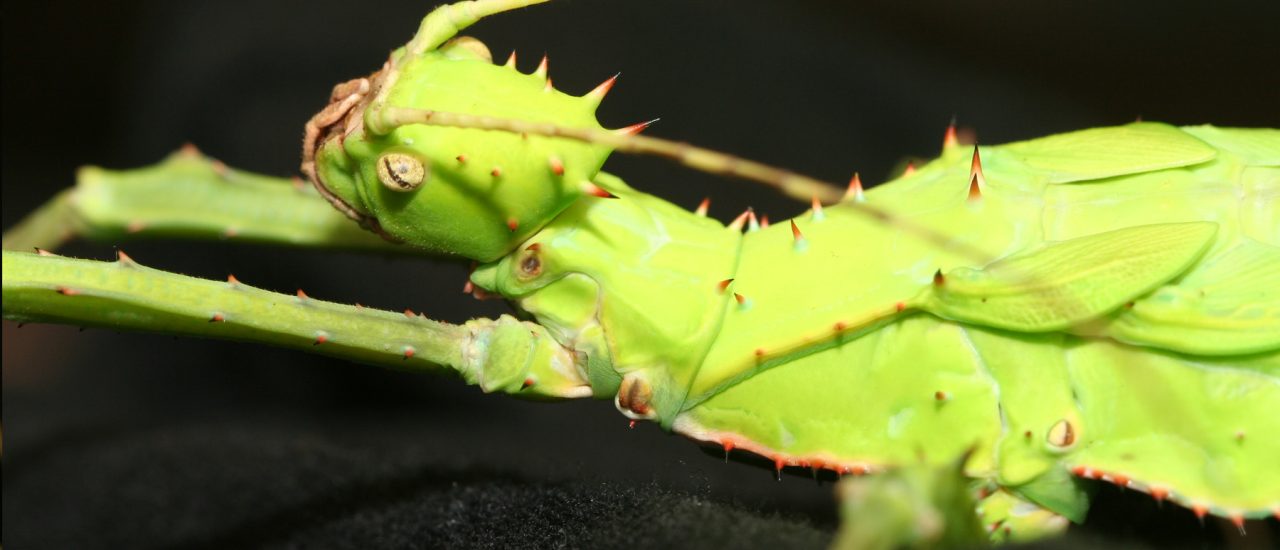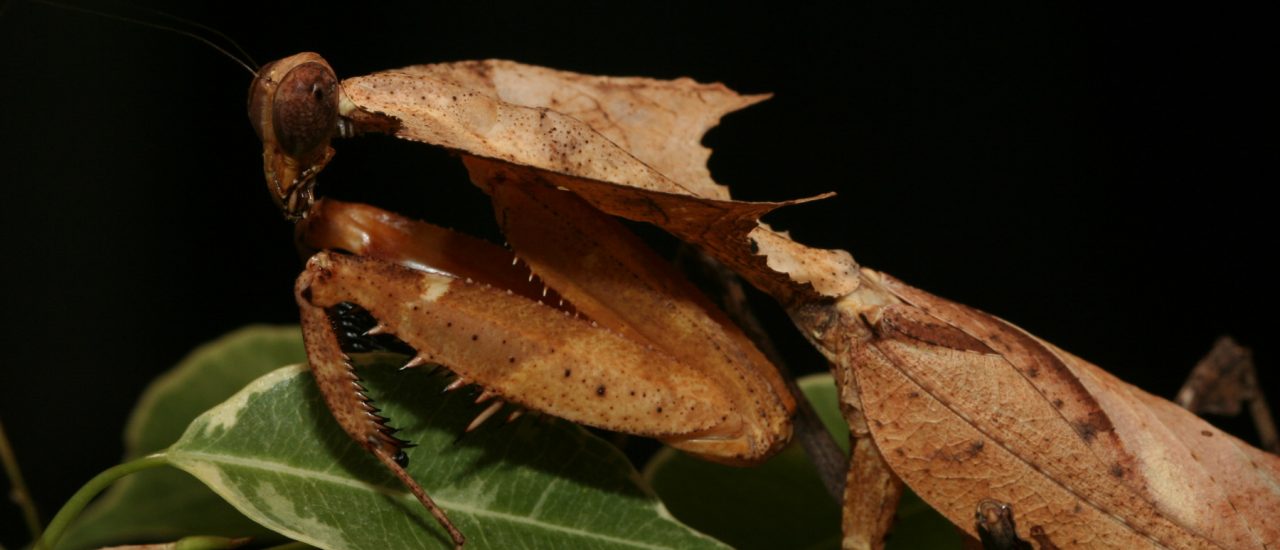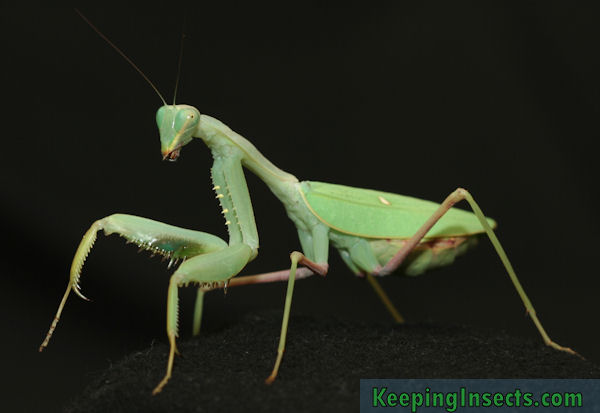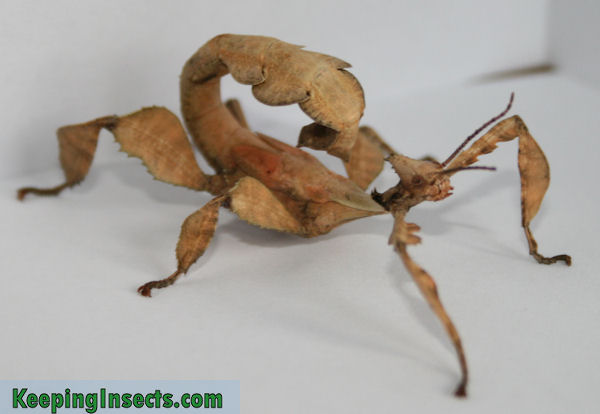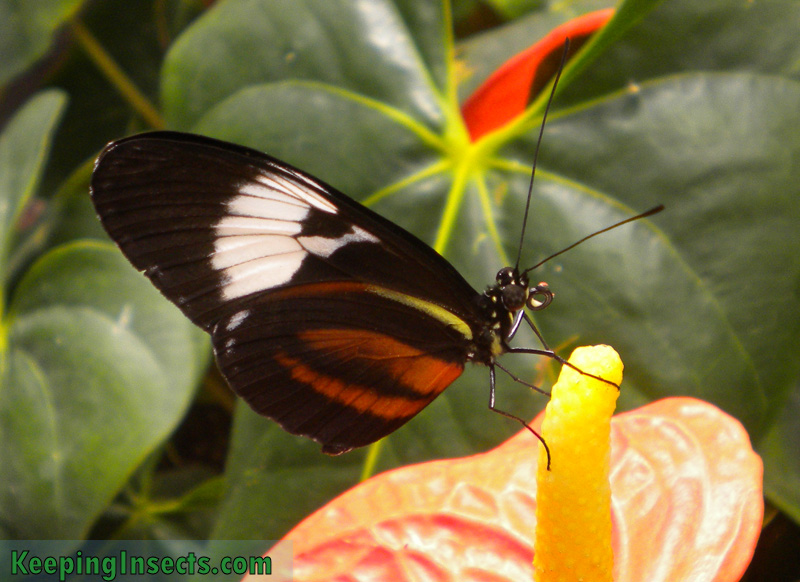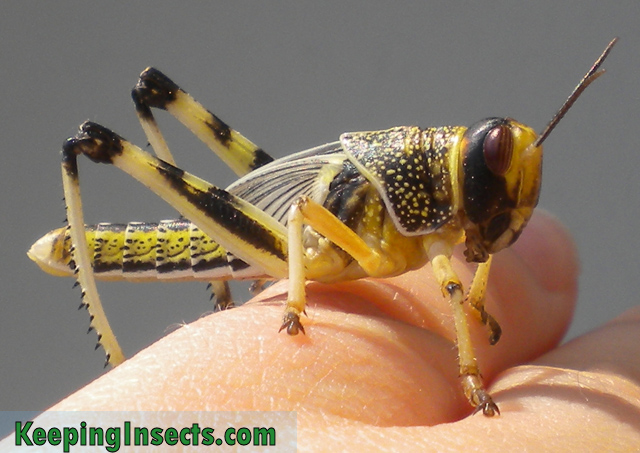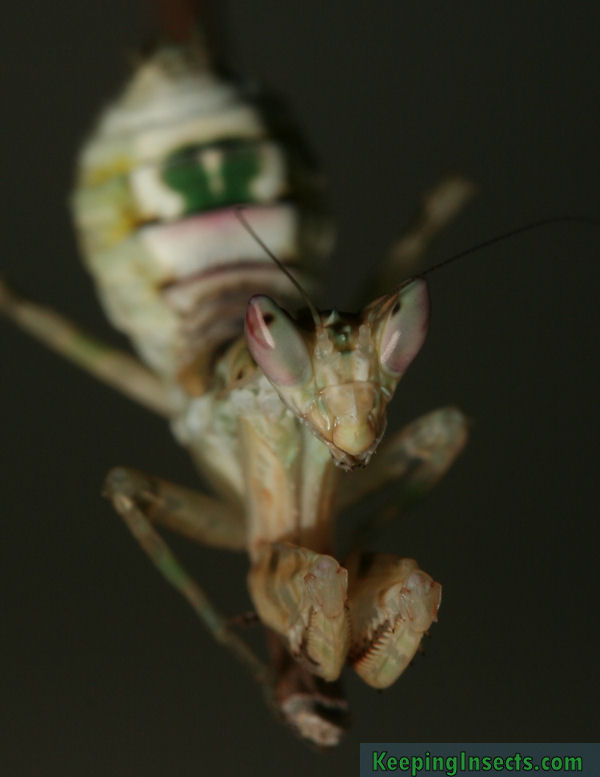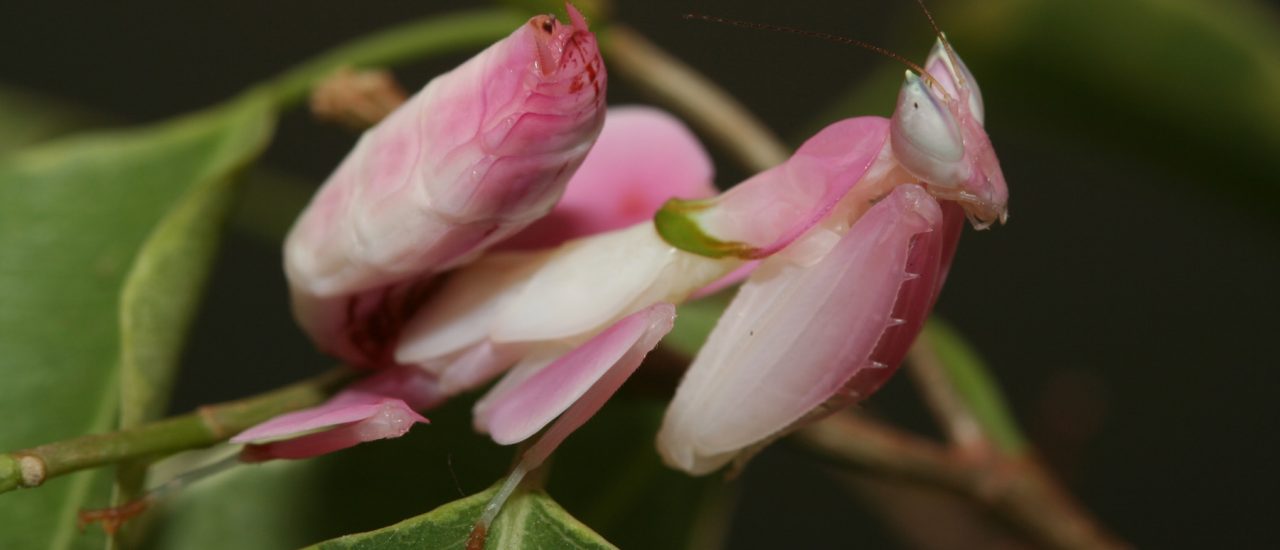
Ants as pets
Always wondered if your own ant nest would be fun? I just added a new page to this website describing how to take care of an ant colony and how to build your own formicarium (ant nest).
You can also read all about ants, like their genetic system and how they work so well together.
Here is the link: Keeping Ants as Pets
Please let me know what you think, you can contact me through the contact form.
New pictures added
It’s time to add some new pictures of praying mantids to this website. I chose to feature the European mantis. Check them out at: keepinginsects.com/praying-mantis/species/european-mantis/
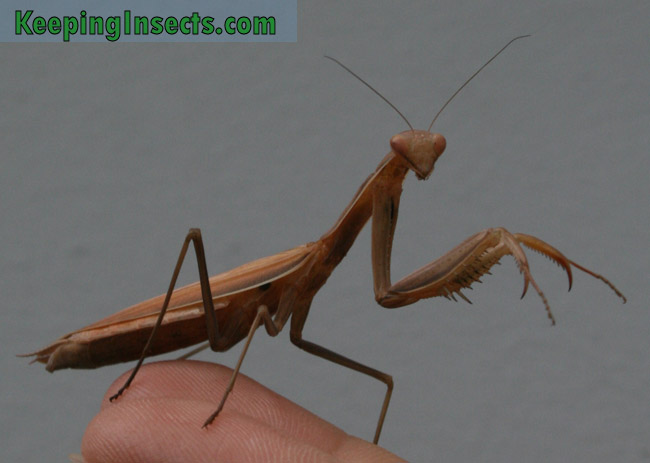
Brown color morph, adult female European Mantis
Atlas Moth caresheet added
Today I added the caresheet for the Atlas Moth Attacus atlas. This is one of the largest moths in the world and they are a popular butterfly to keep as a pet. The life cycle is fascinating while the keeping and caring for this species is not hard at all. The caterpillars eat many kinds of leaves and are easily kept at room temperature. And of course best of all: both the caterpillar and the moth are simply stunning! Their beautiful color and weird shapes make them look amazing.
To read more about this species, check out the caresheet HERE!
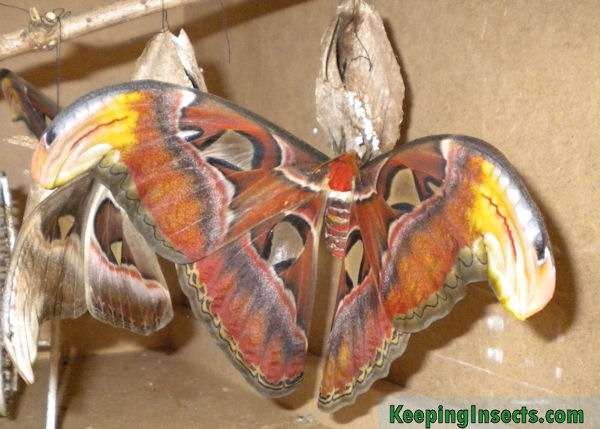
A recently eclosed Atlas Moth female
Reader’s question: What is THIS?
I got a question from Marianne Brouwer from the Netherlands: “I took a picture of this enormous bug in the Andes mountians in Equador. It was around 12 cm long. Do you know what it is?”
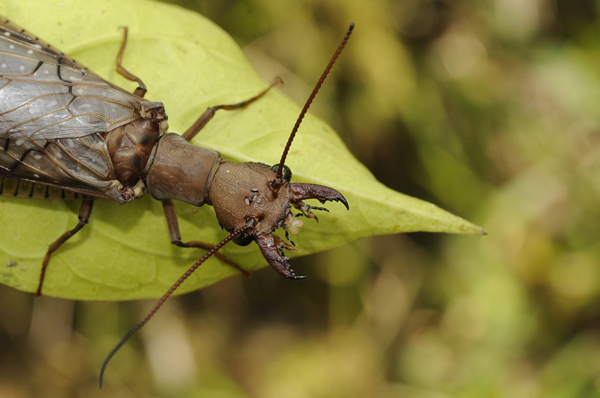
Amazonian Giant Lacewing
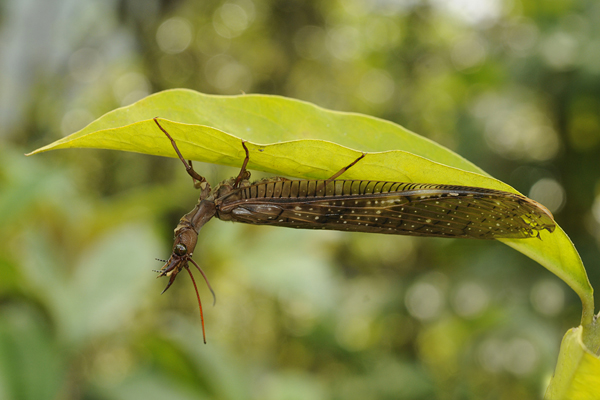
Amazonian Giant Lacewing
It took some research, but this monstrosity is an Amazonian Giant Lacewing. As the name suggests, it is a species in the family of lacewings (Chrysopidae), order Neuroptera. It occurs all over the Amazonian rain forest and feeds of bugs and their eggs.
Happy holidays!
Through this way I’d like to wish all insect-lovers, readers of this website and a very merry Christmas and a happy 2012!

Phyllium sp. female says; Merry Christmas!
Readers Question: What is THIS?
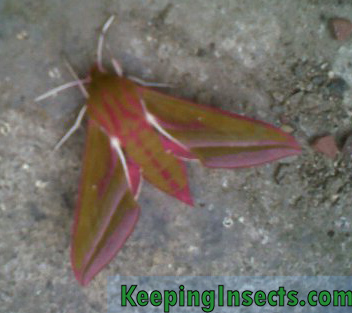
The mystery bug: elephant hawk moth
Today I got an e-mail from Daryl, asking if I could identify a bug that he found in central Scotland. He thinks it could be an exotic bug, because of its bright pink appearance. Sure, I’d like to see it! So on the right of this page you find the picture. A quick search in my entomology book gives the answer to the identity of this mystery guest: This beautiful pink and yellow moth is an Elephant hawk moth (Deilephila elpenor). It is native to Europe, Britain, Ireland and it range extends all the way to India and Japan.
Thank you Daryl, for sending me the picture and allowing me to post it on this website. If anyone else has a picture of a bug they would like the name of, please send me a message via the contact form.
Monster of the Month
The most visited page of this website for this month was that of Heteropteryx dilatata! Many websites devoted a post to describe this species as being beautiful and creepy at the same time. Well I think they described the species just right, just look at it:
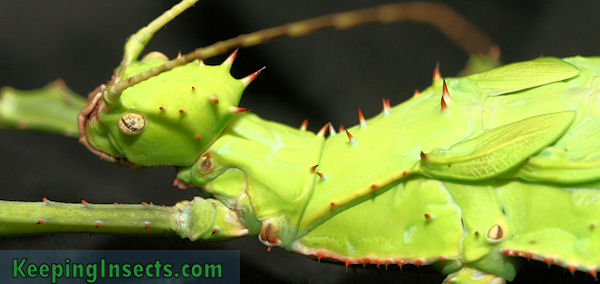
A subadult female Jungle Nymph - Heteropteryx dilatata
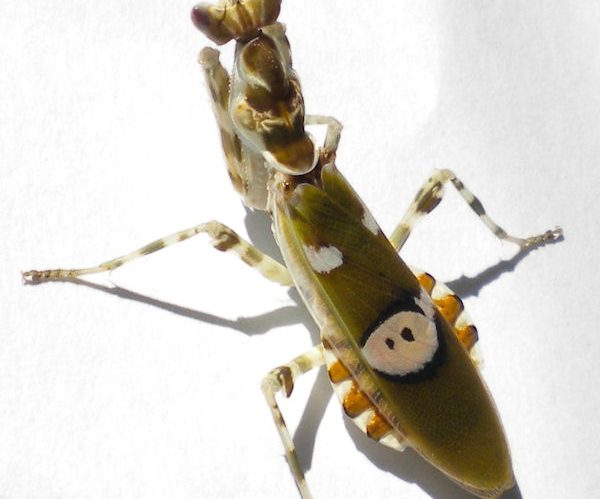
Official opening of this website!
As of now, the 2th of April 2011, this website is officially opened! It took me a while to place all texts and pictures on this websites, but now I think it is good enough to show to the public. This doesn’t mean I won’t continue to add new pictures and new species descriptions as soon as I have them! I will use this first page as a small blog to show you what I am up to with my insects or to tell you about new additions to this website.
If you want to, you can leave a comment at the bottom of this post!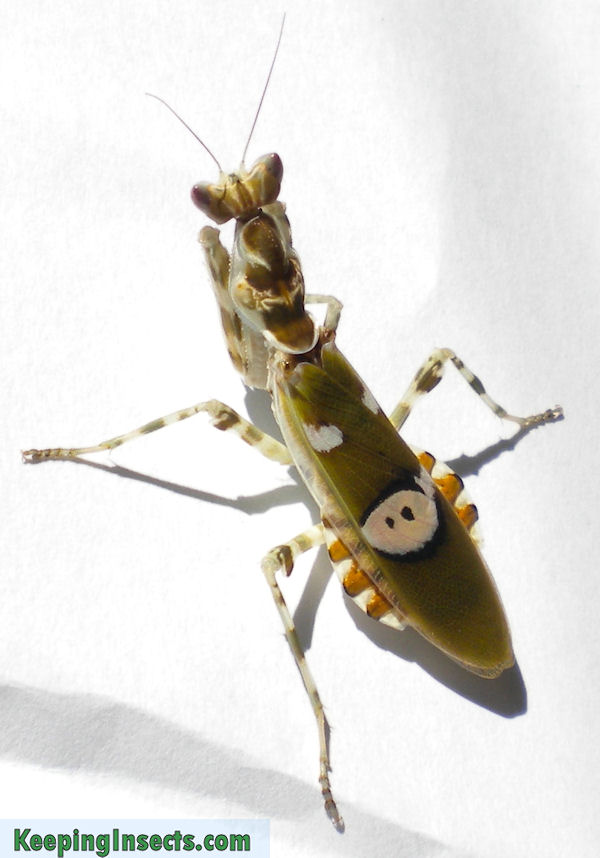
Welcome to KeepingInsects.com
Welcome to this website about how to take care of all kinds of insects as pets. From my own experience I write about taking care of praying mantids, stick insects, beetles, butterflies and cockroaches. With many macropictures of the animals and their food or enclosures I try to give you an insight in the beautiful hobby of keeping pet insects.

